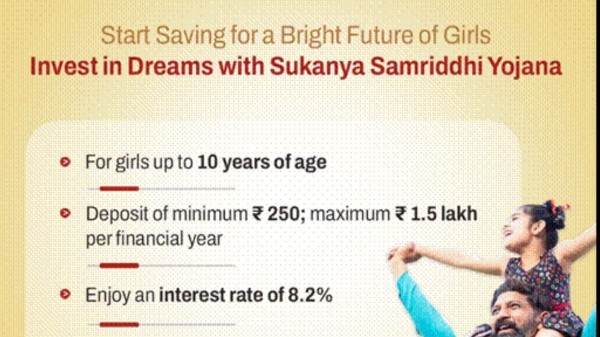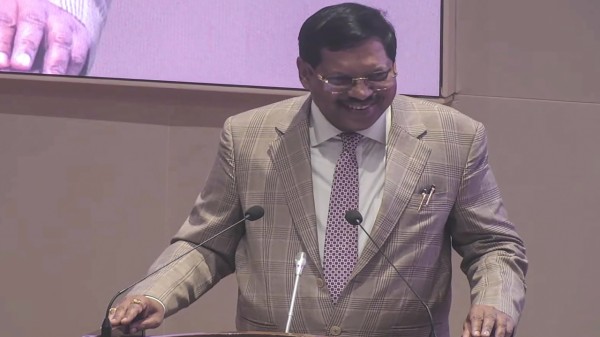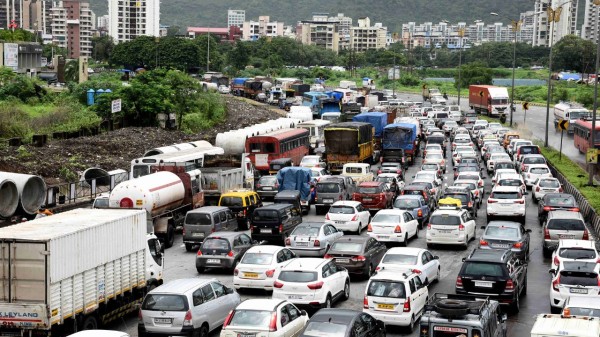

By signing in or creating an account, you agree with Associated Broadcasting Company's Terms & Conditions and Privacy Policy.


By signing in or creating an account, you agree with Associated Broadcasting Company's Terms & Conditions and Privacy Policy.

New Delhi: The GST Council’s 56th meeting on September 3 brought big changes for the automobile industry. For once, the tax math that usually hurts buyers is actually turning friendlier. The revised GST rates kick in from September 22, the first day of Navaratri, and they redraw the pricing map for small cars, motorcycles, commercial vehicles, and even spare parts.
For car buyers like me who’ve spent weekends haggling with dealers only to be slapped with “tax extras,” this feels different. The new rates mean entry-level hatchbacks, commuter bikes, and even auto-rickshaws will see sharper drops in sticker prices. But the story doesn’t end there. Cuts on tyres, batteries, and engine parts will ripple into lower running costs in the long run.
Under GST 2.0, petrol, LPG and CNG cars with engines up to 1,200cc and under 4,000 mm length, and diesel cars up to 1,500cc with the same length, will now attract just 18% GST instead of 28%.
That means popular models like:
are set to become cheaper by ₹40,000–₹80,000 depending on the model. Entry-level buyers and taxi operators stand to benefit the most here.
For SUVs and larger cars (engine above 1,500cc or length beyond 4,000 mm with 170mm+ clearance), GST is now a flat 40%. Earlier, these vehicles attracted 28% GST plus 17–22% cess, taking the burden up to 50%. So, while the percentage looks high, the removal of cess actually trims prices slightly. Think Hyundai Creta, Mahindra Scorpio, or Toyota Innova Crysta, they’ll still be pricey, but a few percentage points lighter on the wallet.
Motorcycles up to 350cc drop from 28% to 18% GST. That covers commuter favourites like Hero Splendor, Honda Shine, Bajaj Pulsar, and even the Royal Enfield Classic 350. Anything above 350cc, think KTM 390, Harley X440, Triumph 400, is now at 40% GST, down from nearly 50% earlier.
Three-wheelers, lorries, trucks, and buses all move to the 18% slab from 28%. Ambulances are also included in the lower category. This change is expected to reduce costs for logistics operators and city transport fleets.
The GST Council also slashed taxes on auto components and ancillaries:
This means owning and maintaining vehicles could get cheaper over time, not just the buying part. Service centres and spare part sellers will pass on some of this benefit to customers.
The timing is clever. By rolling this out just before the festive season, the government is eyeing a boost in auto sales. Entry-level buyers benefit the most, especially first-time car owners and bike commuters. Big SUVs still face a heavy 40% rate, but losing the cess keeps them from getting costlier.
For me, the bigger story is in spare parts. Lower GST on tyres, clutches, and batteries might not make headlines, but anyone who’s ever sat with a garage bill knows this adds up.








